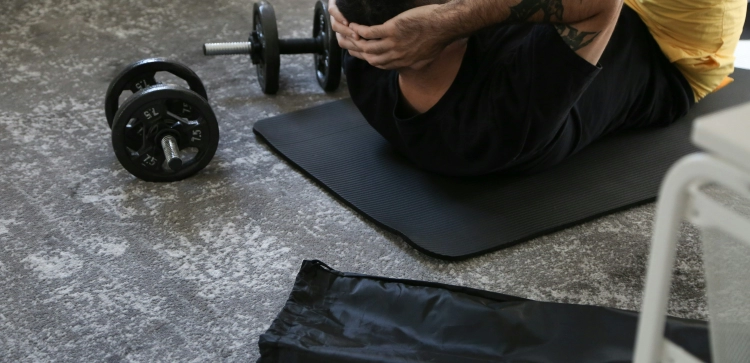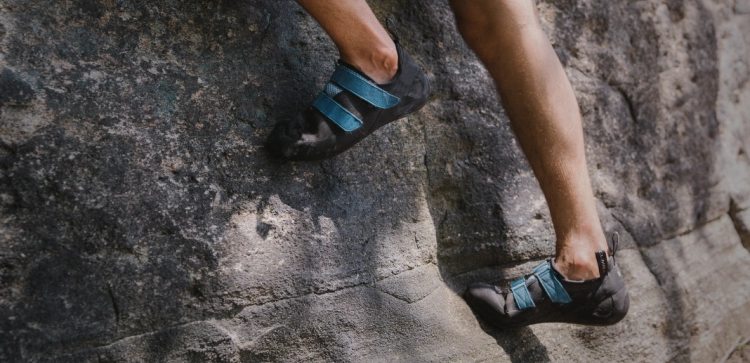







Climbers Point
A chalk bag is not required, neither is chalk itself, but it is very helpful, especially if the holds are a little bit "over-touched", and if you sweat from your palms.
Pulley and skin damage are probably the most common finger injuries or finger damage for climbers.
They can both normally be prevented, though, if the climber is first of all aware of these two risks and knows how to minimize them, which largely means paying attention and listening to your body.
It helps us prevent skin injuries such as tears and flappers. if the skin is rough, it can get caught on holds and could tear, which can be a nightmare for climbers.
Filing rougher and bulgy areas of the skin helps prevent this.
They "go" in a bag or some kind of container, keep it with them until they get down from the route (or up), and then throw it away when they can.
We climb and we exercise. As climbers, we are pretty active. We utilize many or most of the major muscles and smaller ones also. We also have additional non-climbing workouts such as weight lifting.
Of course this is not true for all climbers, but for many it is.
Not really. They maybe uncomfortable and borderline painful, but you shouldn't actually feel any pain.
If you have blisters or you aren't used to climbing shoes, that could change the situation. Until your blisters go away or until you get used to your shoes, you could feel some pain.
For warming up on the wall, many climbers like wearing slightly looser shoes. This is to give their feet time to also warm up, but also to not have to warm up with the pressure from the tighter climbing shoes.
If you are climbing hard routes or projects, you will most likely benefit from tighter shoes that have little to no dead space in them.
If you are a beginner climber, it won't make much of a difference, and you should probably stick to slightly looser shoes. Tighter climbing shoes can provide extra performance advantages for climbers climbing difficult routes. If you are not climbing difficult routes, and you are a beginner, you most likely will not even notice these performance gains from the shoes, as the routes you are climbing do not even utilize their benefits.
Yes, your toes should be slightly curled in climbing shoes.
Having curled toes allows you to exert more force from your toes. This is especially helpful when you have to stand on small edges, or to even jump from them to another hold.
Though they should be curled, your toes should not be in pain. If your toes or feet are in pain, the shoes may be too small for you, or the shoes may not be the right shape for your feet.
Climbing shoes, after their break in period, should not be painful to walk in, but they can be uncomfortable, tight, and snug.
During a pair of climbing shoes break in period, they may be slightly painful, but should not cause too much pain. After their break in period, they should have stretched enough to not be painful, while still remaining tight and snug.
If you have been climbing in your shoes for a few sessions, or a few months, and they are still painful, you may have just not bought the right shoes for your feet, or they may just be too small.
Usually the break in period can be around 5 sessions, for some it may be more, but after a month or two or regular climbing, they should be broken in.





